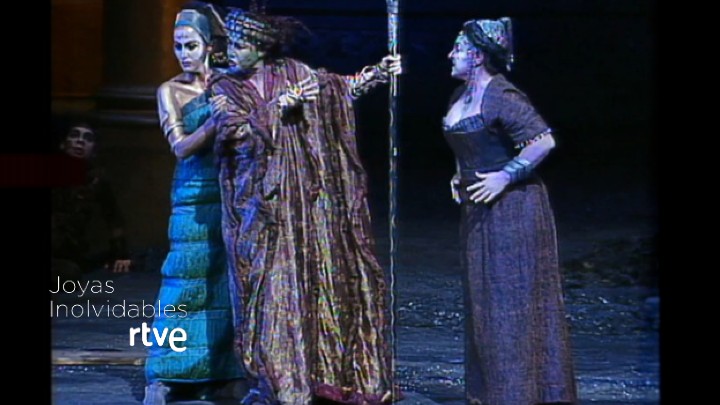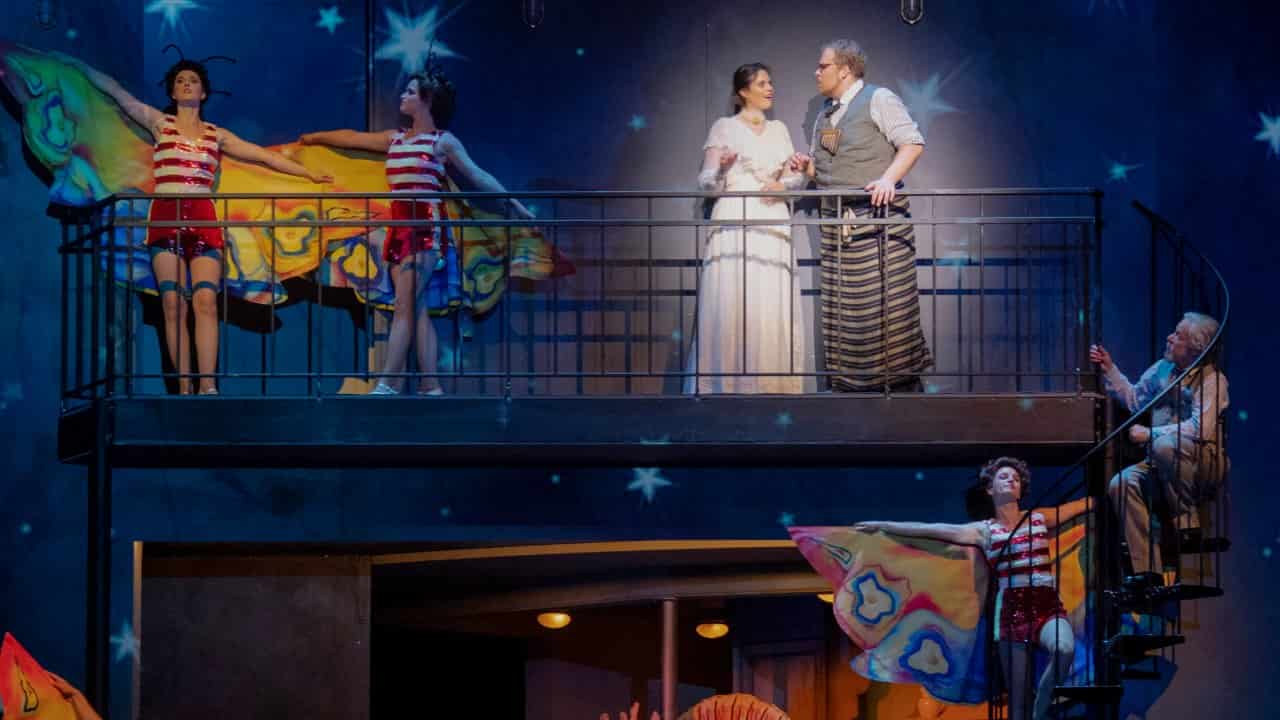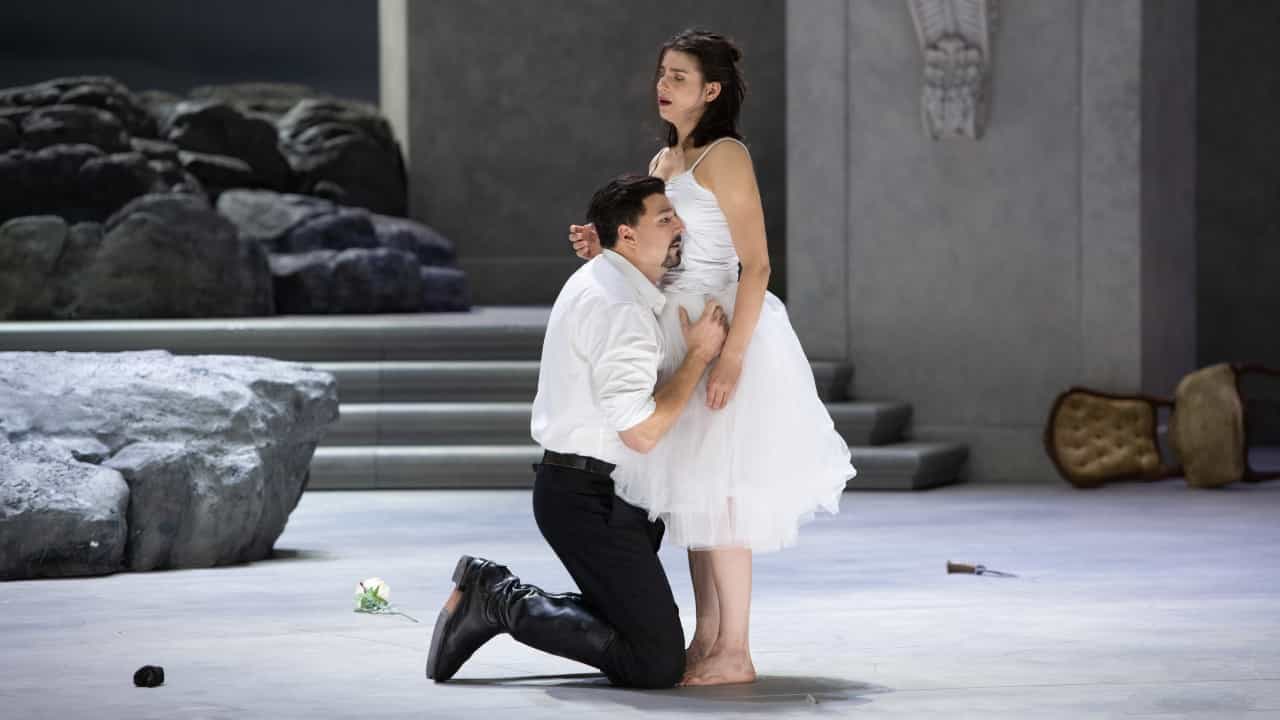Salome, princess of Judea, the daughter‑in‑law of King Herod, finds life in her father‑in‑law’s palace dreary. Her curiosity is roused when she hears the voice of Jochanaan, a prophet held prisoner by Herod who is afraid of him. Obsessed by this enigmatic and virtuous man, Salome is ready to do anything to possess him, dead or alive.
Drawing on Oscar Wilde’s scandalous play of the same name, in 1905 Richard Strauss produced the work that was to ensure his status as Wagner’s successor in the history of German opera. “Dance for me, Salome”. From Herod’s lubricious injunction to the young woman stems one of the most emblematic orchestral passages in opera: the dance of the seven veils. A hypnotic interlude in itself sufficient to capture the fatal mounting desire that suffuses this work whose orchestration is as rich as it is modern. A dazzling hour and forty minutes, decadent in its very essence, which, for her debut at the Paris Opera, Lydia Steier treats as a dystopia in which amorality rules.
‘Musikdrama’ in one act by Richard Strauss (1864 – 1949)
Libretto by Richard Strauss based on Salomé by Oscar Wilde
Premiered at Dresden, Hofoper, on December 9, 1905
Artistic team
Conductor | Simone Young
Stage director | Lydia Steier
Set design and video | Momme Hinrichs
Costume design | Andy Besuch
Lighting design | Olaf Freese
Playwright | Maurice Lenhard
Cast
Salomé | Elza van den Heever
Herodes | John Daszak
Herodias | Karita Mattila
Jochanaan | Iain Paterson
Narraboth | Tansel Akzeybek
Page der Herodias | Katharina Magiera
Erster Jude | Matthäus Schmidlechner
Zweiter Jude | Éric Huchet
Opéra national de Paris Orchestra




